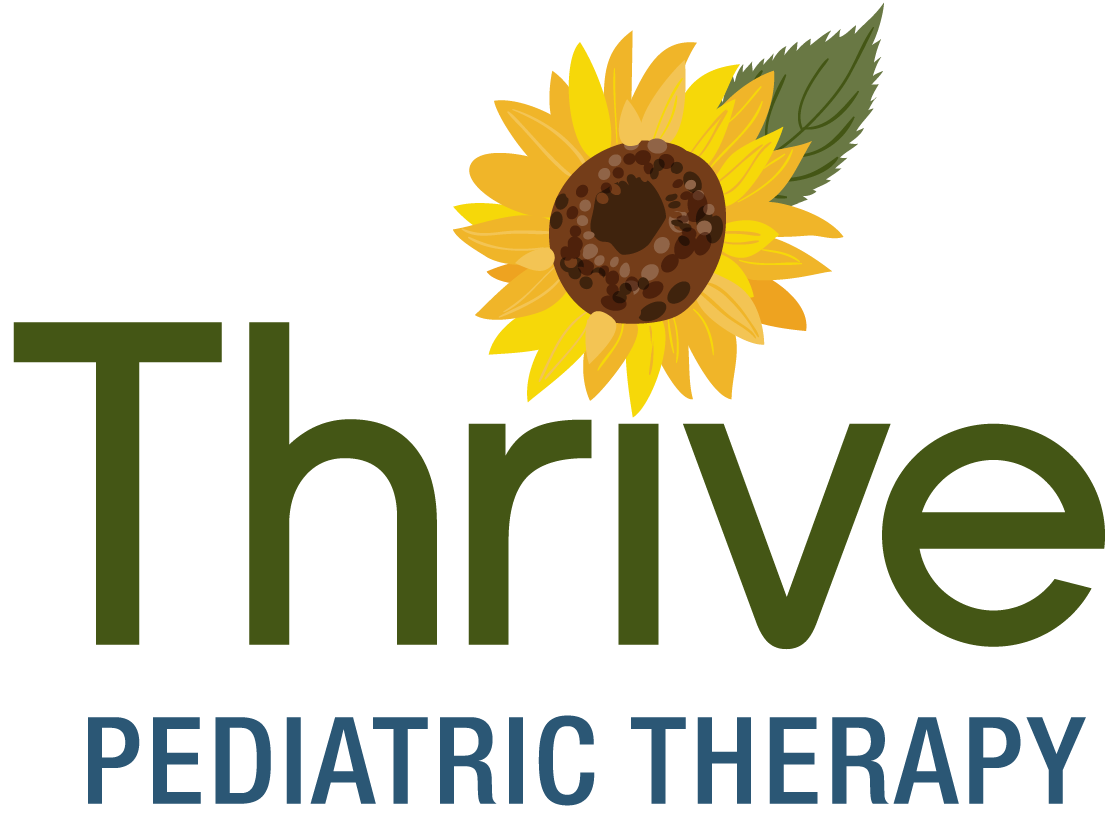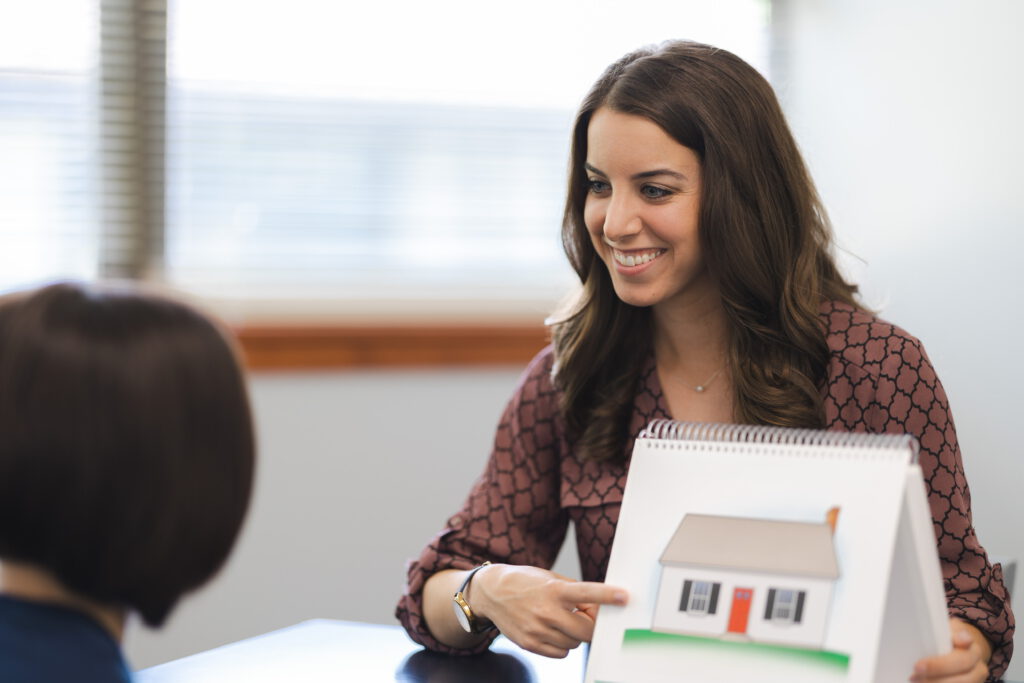A comprehensive speech and language evaluation will allow your speech-language pathologist (SLP) to identify your child’s specific areas of need to create an individualized treatment plan. There are several components to a comprehensive speech and language evaluation. The evaluation will start with a review of your child’s case history, where the SLP will learn information about your child’s medical, educational, and social history that may be relevant to your child’s communication skills. If your child’s intake form was submitted via the client portal, this information will have been reviewed prior to your visit. Following the case history review, the SLP will conduct a thorough parent/caregiver interview. During this interview, the SLP will ask questions to learn more specific information about the ways in which your child communicates in the home environment and your goals for your child, as well as any follow-up questions related to the case history form.
If your child has received services previously or is currently receiving services (e.g., occupational therapy, physical therapy, academic support, etc.) please bring any recent documentation that you may have so that the therapist can conduct a thorough record review. Examples of documentation may include evaluation reports, recent progress notes from other therapists, notes from teachers or special educators, or a copy of your child’s Individualized Education Program (IEP).
All of the information gathered from your child’s case history, parent/caregiver interview, and record review will aid your SLP in selecting appropriate standardized assessments. Standardized assessments measure specific aspects of your child’s communication skills, such as their ability to pronounce certain sounds and words (e.g., articulation/phonology), their comprehension of spoken language (e.g., receptive language), and their ability to use language for a variety of functions (e.g., expressive language). Many standardized assessments will involve your child completing tasks such as selecting and pointing to a variety of pictures, labeling pictures, and repeating spoken sentences. Following the standardized assessment, your SLP may choose to gather additional information about your child’s speech and language skills informally through conversation or play.
At the conclusion of the evaluation, the SLP will share her preliminary findings and whether or not your child would benefit from speech and language therapy services. If treatment is warranted, the SLP will discuss initial goals for treatment as well as the recommended frequency and duration of services. Before leaving the office, the SLP will schedule your child’s initial therapy session. After the evaluation has been completed, the SLP will compile the information gathered from your child’s case history, parent/caregiver interview, record review, standardized assessment, and informal assessment to write a comprehensive speech and language evaluation report. Once this evaluation is completed, you will be provided with a copy of the report to keep for your records and to share with any other relevant professionals.
Does your child need a speech and language evaluation? Click here to learn more about how to know whether or not your child may need speech therapy. You can also review our list of speech and language milestones to see if your child’s speech and language skills are developing age-appropriately.

